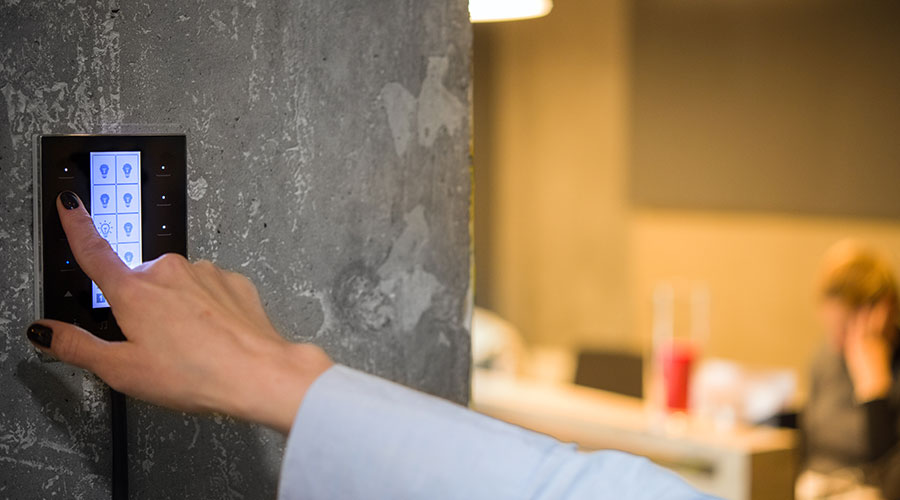How Facility Managers Can Implement Advanced Lighting Control Systems
A facility manager can be instrumental at several critical points in implementing an advanced lighting control system.
- Mock-ups. If possible, install part of the system in an unused space. This will allow you to assess the time it will take to physically incorporate new control components in the space or into existing fixtures. You can also get familiar with the commissioning process. Lastly, it will give you a chance to experiment with the robust programming options of the system.
- Occupant/facility needs. What types of control strategies do the occupants need or want? Do occupants need ways to override the system manually/locally? Does the facility want to grant different levels of access to the system functions? Who will administer the system — particularly when it comes to resolving problems that crop up, or to maintain the controls or lighting equipment? These are questions that aren't always asked. Fortunately, they require no technical knowledge whatsoever to answer. Those answers may, however, inform the decision about which is the best system to use.
- Education/training. These days many people have some idea of what occupancy sensors do. If lights turn off automatically, it's not uncommon for people to start waving their hands. However, advanced systems may do many other things with the lights — scheduling them to turn on or off or dim at specific times, dim in response to daylight, etc. Occupants may have specific needs that have to be taken into account during the programming of the system. The likelihood is that most people will be in support of anything that can help to save energy. However, it's critical to provide at least a minimum level of education about what the system does, and more importantly, how it operates and how users can override the default behavior when needed.
It is essential that the communication be two-way. Once a system is selected and installed, it's important to educate people about its use. Make sure they understand what to expect based on automatic operation (based on schedules, photosensors, etc.). Explain how manual/local controls work, and when automatic functions take over. The facility manager can serve as the bridge between the vendors/installers and the occupants in providing brief scheduled training sessions, or published information about what the system or components do.
Without this education and buy-in, occupants may be wary about a system that they don't understand. It's common for occupants to defeat lighting controls because they don't think the controls are working, or they don't like what they are doing. Have you ever seen a wallbox occupancy sensor or photosensor with a piece of tape covering the lens? If you spend a lot of money to purchase and install a complex system, it's important to get buy-in from your staff.
In case it's not yet obvious, advanced lighting control systems are complex. There are huge potential rewards as far as energy savings, reduction of maintenance costs and occupant satisfaction. However, don't go it alone — get the technical help you need to sift through the myriad topologies, features, and benefits. Then go out and control your controls.
Steven Mesh is a lighting designer and principal of Lighting Education & Design based in San Francisco. He has taught classes in lighting design and controls for the past 30 years and is a former regional vice president of the Illuminating Engineering Society. He can be reached at steve@stevemesh.com.
Related Topics:















